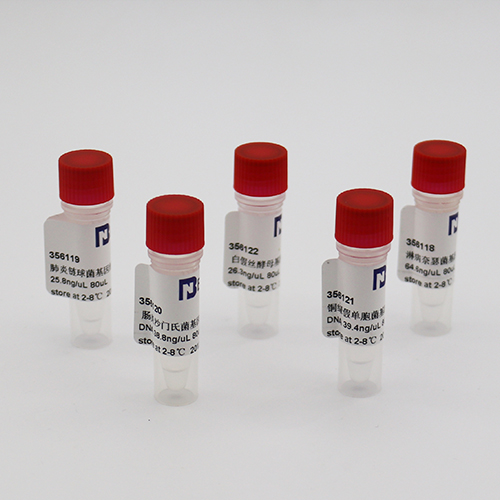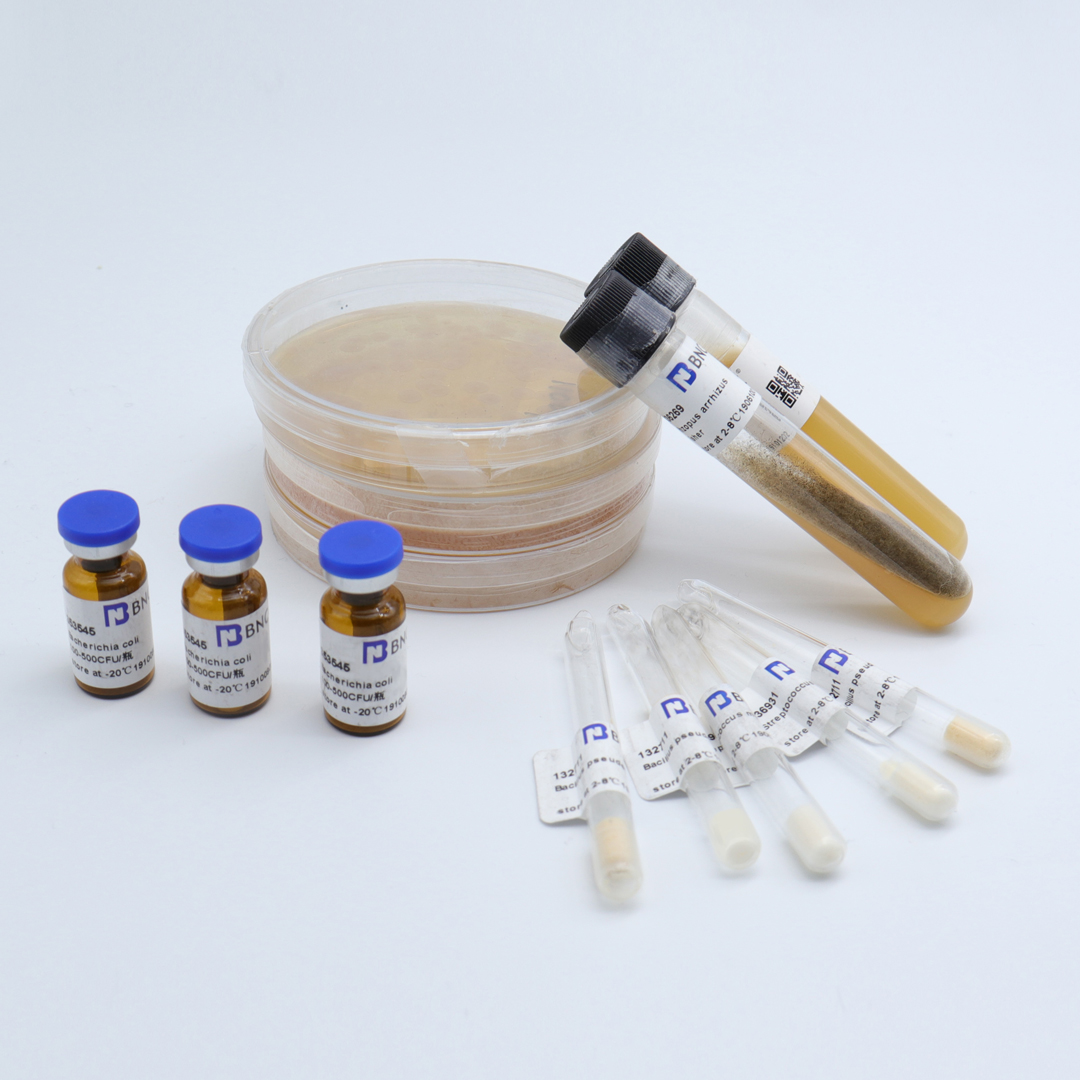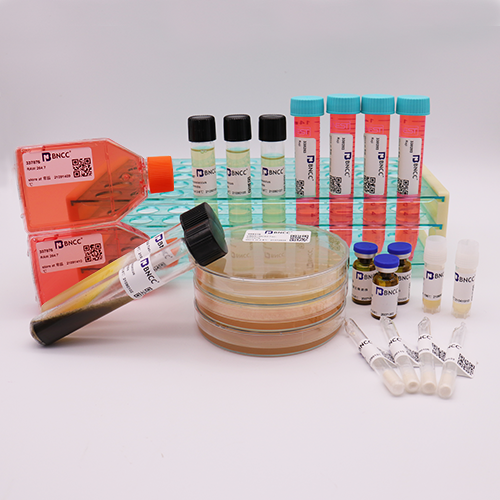| Culture medium | Columbia blood plate (English name: CA-B): casein pancreatin digest 10.0g, cardiopancreatin digest 3.0g, corn starch 1.0g, meat gastric enzyme digest 5.0g, yeast extract 5.0g, sodium chloride 5.0, agar 20.0g, distilled water 1.0L,pH 7.3±0.2. After sterilization at 121 ℃ for 15min, cool to 55 ℃, add 5% sterile defibrated sheep blood, shake well, pour the plate and cool it for later use. |
| Subculture procedure | Please add absolute ethanol to buffer GD and rinse solution PW before use. Please refer to the label on the bottle for the added volume;
1. Take 1-5ml of bacterial culture solution, centrifuge at 10,000rpm(11,500 ×g) for 1min, and suck out the supernatant as much as possible;
2. Add 200 μL of buffer GA to the bacterial precipitation and oscillate until the bacterial is completely suspended. Note: For gram-positive bacteria that are difficult to break the wall, step 2 can be omitted and lysozyme solution can be added for wall breaking. The specific method is: 110 μL buffer (20mM Tris,pH8.0;2mM Na2-EDTA;1.2% Triton), and 70 μL lysozyme solution (50 mg/ml, customer-provided, catalog number: RT401), treated at 37 ℃ for more than 30min. If RNA needs to be removed, 4 μL RNase A(100 mg/ml) solution (customer provided, catalog number: RT405-12) can be added, oscillated for 15sec, and placed at room temperature for 5min;
3. Add 20 μL of Proteinase K solution to the tube and mix well;
4. Add 220 μL of buffer GB, shake 15sec, place at 70 ℃ for 10min, the solution strain is clear, and centrifuge briefly to remove water droplets on the inner wall of the pipe cover. Note: White precipitate may be produced when adding buffer GB, which will disappear when placed at 70 ℃ and will not affect subsequent experiments. If the solution is not clear, it means that the cell lysis is not complete, which may lead to a small amount of extracted DNA and the extracted DNA is not pure;
5. Add 220 μL of anhydrous ethanol, fully oscillate and mix 15sec, flocculent precipitation may occur at this time, and centrifuge briefly to remove water droplets on the inner wall of the pipe cover;
6. Add the solution and flocculent precipitate obtained in the previous step into an adsorption column CB3 (the adsorption column is put into the collection tube), centrifuge at 12,000rpm(13,400 ×g) for 30sec, pour out the waste liquid, and put the adsorption column CB3 into the collection tube;
7. Add 500 μL of buffer GD to the adsorption column CB3 (please check whether absolute ethanol has been added before use), centrifuge 30sec at 12,000rpm(13,400 ×g), pour out the waste liquid, and put the adsorption column CB3 into the collection tube;
8. Add 600 μL of rinsing solution PW to the adsorption column CB3 (please check whether anhydrous ethanol has been added before use), centrifuge at 12,000rpm(13,400 ×g) for 30sec, pour out the waste solution, and put the adsorption column CB3 into the collection tube;
9. Repeat step 8;
10. Put the adsorption column CB3 back into the collection tube, centrifuge at 12,000rpm(13,400 ×g) for 2min, and pour out the waste liquid. The adsorption column CB3 was placed at room temperature for several minutes to thoroughly dry the residual rinse in the adsorption material. Note: The purpose of this step is to remove the residual rinse in the adsorption column. The residual ethanol in the rinse will affect the subsequent enzyme reaction (enzyme digestion, PCR, etc.) experiments;
11. Transfer the adsorption column CB3 into a clean centrifuge tube, add 50-200 μL of elution buffer TE dropwise to the middle part of the adsorption membrane, place it at room temperature for 2-5min, centrifuge at 12,000rpm(13,400 ×g) for 2min, and collect the solution into the centrifuge tube. Note: The volume of elution buffer should not be less than 50 μL, and too small a volume will affect the recovery efficiency. The pH value of the eluent has a great influence on the elution efficiency. If ddH2O is used as eluent, the pH value should be in the range of 7.0-8.5. If the pH value is lower than 7.0, the elution efficiency will be reduced. And DNA products should be kept at -20 ℃ to prevent DNA degradation. In order to increase the yield of genomic DNA, the solution obtained by centrifugation can be added to the adsorption column CB3, placed at room temperature for 2min, and centrifuged at 12,000rpm(13,400 ×g) for 2min; |

 info@bncc.com
info@bncc.com
 - English
- English
 - Japanese
- Japanese




